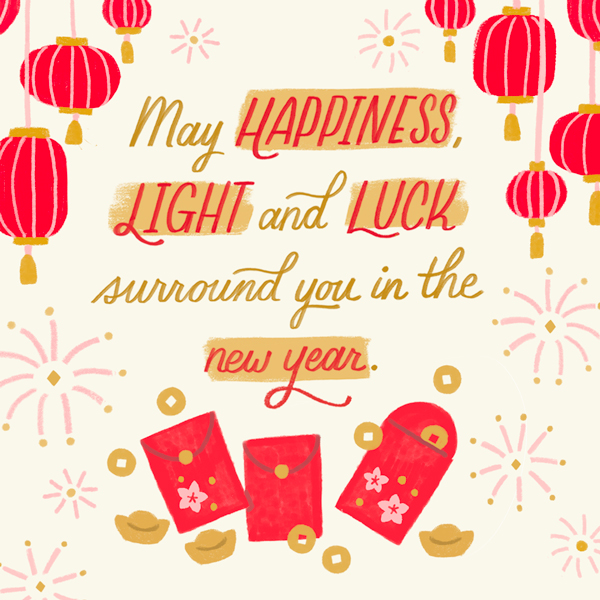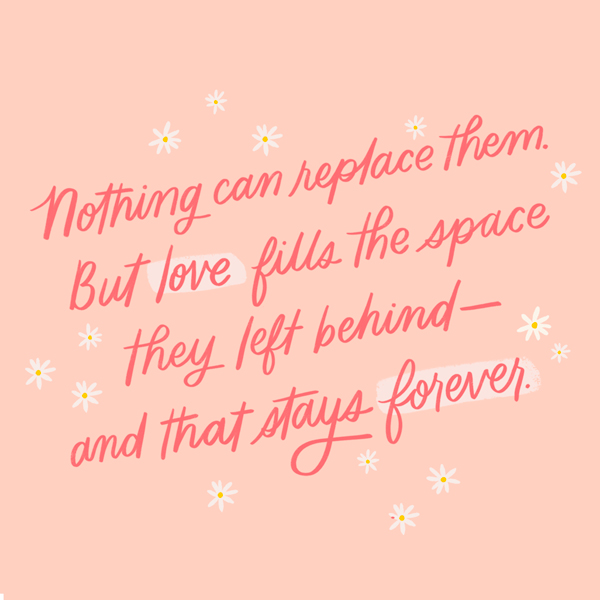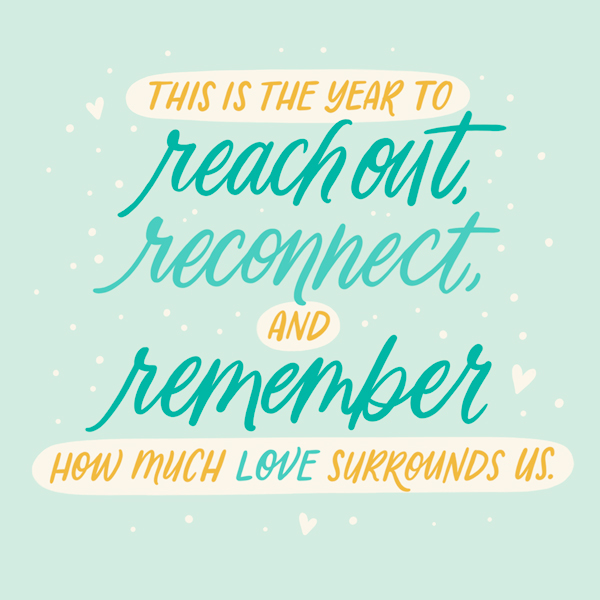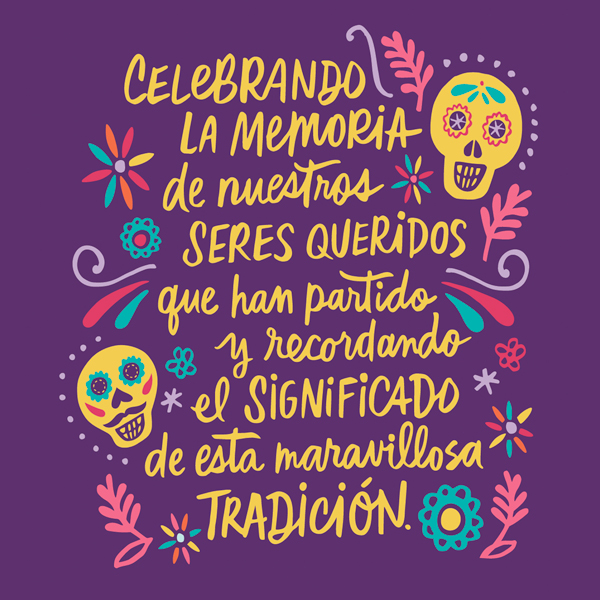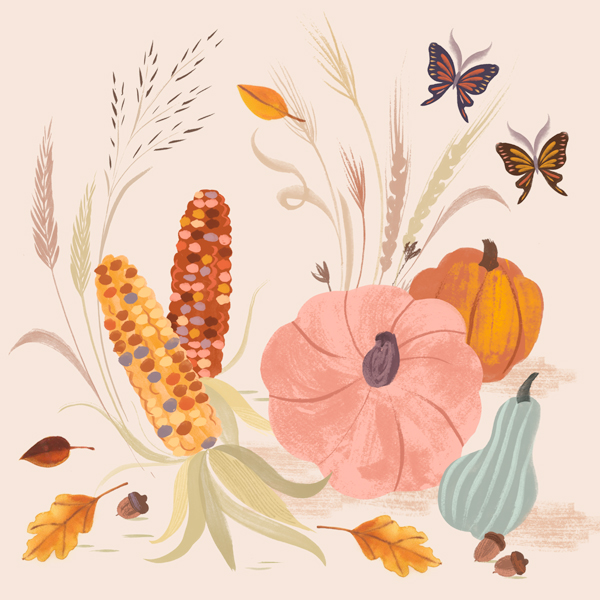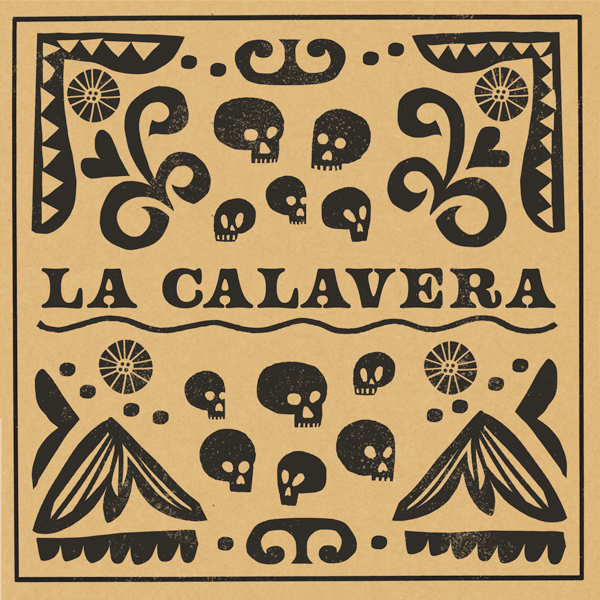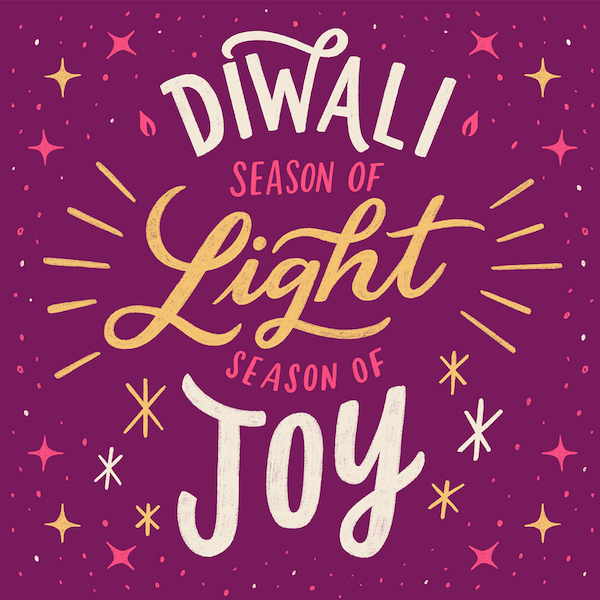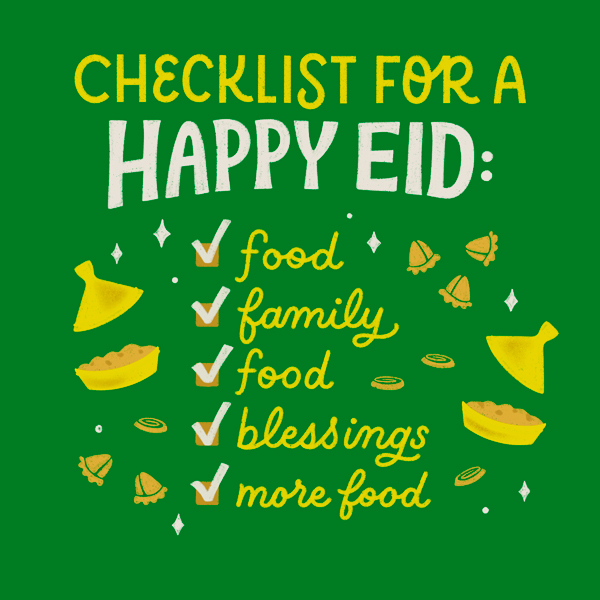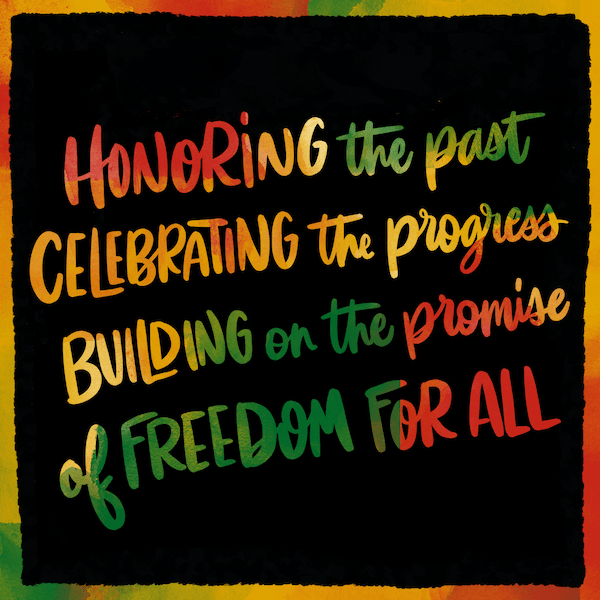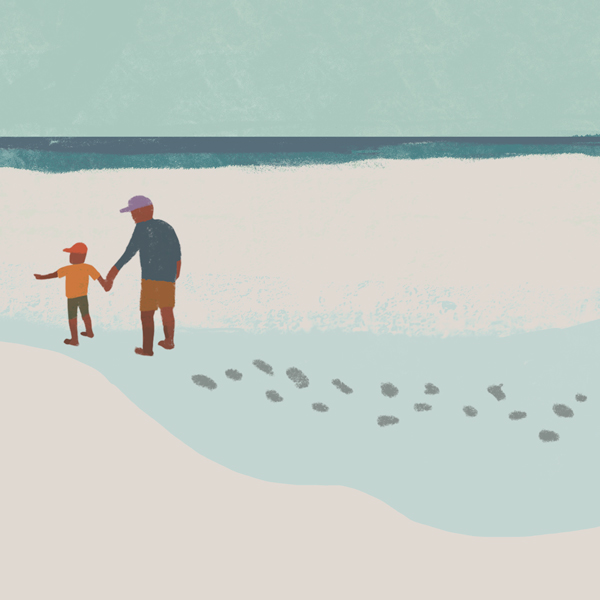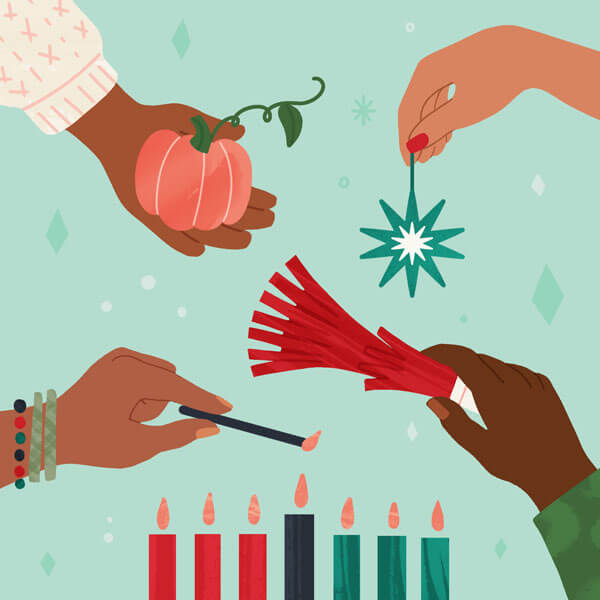What is Rosh Hashanah?
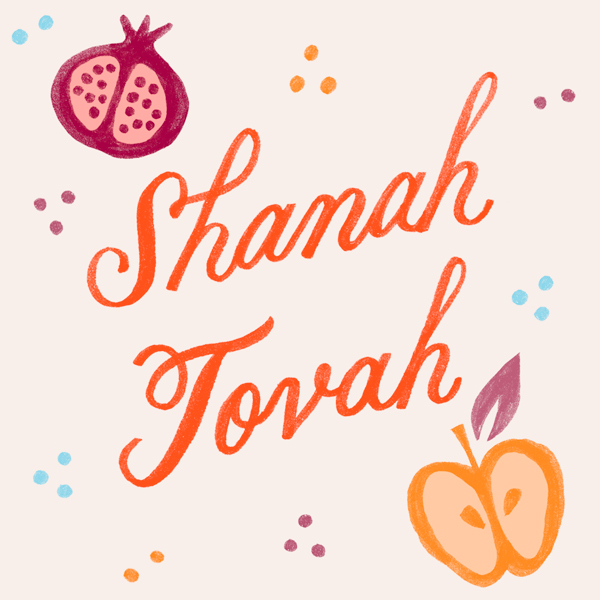
Jewish New Year is the most important and widely celebrated of all Jewish holidays. The origin of Jewish New Year can be traced to the Old Testament, and Jewish people have been celebrating it for thousands of years. Rosh Hashanah, which is celebrated the first and second days of Tishri (the first month of the civil year and seventh month of the ecclesiastical year), marks the time when, according to tradition, God created the world.
For Jews worldwide, this is a time of introspection, of looking back at the past year and planning for the new year ahead. It is the only Jewish holiday that is purely religious and not tied to historical or natural events.
The 10-day period known as the Days of Awe starts with Rosh Hashanah and ends with Yom Kippur.
Inspired? Create and share by tagging @hallmarkstores.
Rosh Hashanah, which means “head of the year” in Hebrew, is a time of family gatherings and religious celebrations. Families gather for a traditional holiday meal, including apples dipped in honey, which symbolize the wish for a sweet new year, and challah bread baked in a round or dome shape to symbolize a wish for a well rounded year without sorrow.
The sounding of the shofar, an instrument made from a ram’s horn, is an important part of the celebration. The shofar is blown 100 times every day of Rosh Hashanah and at the end of Yom Kippur.
Yom Kippur, observed on the 10th day of Tishri, is also called the Day of Atonement. It is the most solemn day of the Jewish year, observed with fasting, reflection and prayer.
One of the guiding principles of the High Holy Days is that it is the time when God decides whose name will be inscribed in the Book of Life and whose name will be in the Book of Death, essentially amounting to who will live, who will die, who will have a good year and who won’t. The books are written on Rosh Hashanah, but an individual’s actions during the Days of Awe can alter God’s decree. The books, and therefore the fates for the year, are sealed on Yom Kippur.
Credits: Includes contributions from Mariya Zilberman.
Shop This Occasion
See allYou may also like
See more-
Winter What is Lunar New Year?: Shining a light on a celebration shared by billions
Lunar New Year is celebrated by an estimated 2 billion people around the world. It’s a holiday that marks the arrival...
-
Hanukkah What Is Hanukkah?: Sharing in the spirit of a joyous Jewish holiday
Hanukkah is a time for celebrations that thrive in food, family, friends and faith. But with Jewish culture being so ...
-
Arts, Crafts & DIY Día de Muertos crafts to celebrate with family
The sweet smell of pan de muerto baking, colorful decorations and pictures selected with care, special memories being...
-
Father's Day An ode to dad mugs: Musings on missing out on one of the best Father's Day gifts
I think coffee is gross. I think tea tastes like water dreaming about what it would feel like to have flavor. I only ...
-
Mother's Day Mother's Day without Mom: Remembering lost loved ones with new traditions
This Mother’s Day will be my third without my mom. She died just before Thanksgiving and Christmas in 2020, which mad...
-
Mother's Day Mother’s Day traditions to start this year
There are infinite ways to celebrate your special lady on Mother’s Day: A self-care spa outing, dinner at her favorit...
-
New Year's Why New Year’s is the Perfect Time to Update Your Address Book
You know those little lifestyle or organization tips that you hear about and you’re like, “That’s so simple—why didn’...
-
New Year's Guilt-Free New Year's Resolutions
“New Year’s resolutions.” To some, those words are filled with pure possibility...an invitation to start anew, comple...
-
New Year's New Year's Resolution Ideas for Groups
New Year’s resolutions are pretty lonely deals. It’s just you and that thing you have to live up to. Ack! No wonde...
-
Christmas A Christmas tribute: meaningful ways to weave memories of lost loved ones into new holiday traditions
For many of us, Christmas is the time of year when we miss our lost loved ones the most. Finding ways to memoriali...
-
Card Ideas Make Your Christmas Letter Memorable with a Video Greeting
Just about everyone loves a good holiday tradition. Decorating the tree? Yes. Eating piles of Christmas treats? Oh, h...
-
Fall Día de Muertos: A celebration of life and love
Día de Muertos, Day of the Dead, is a holiday originally celebrated in the southern and central parts of Mexico and i...
-
Thanksgiving The History of Thanksgiving and Alternative Ideas for Celebrating Gratitude
Many of us in the United States have celebrated Thanksgiving through the years without knowing its origins, perhaps h...
-
Fall How to write literary calaveras for Día de Muertos
You’ve made your ofrenda (altar), hung your papel picado (paper banners), and decorated your calaveras de azúcar (sug...
-
Fall What Is Diwali?: Five Days of Celebrating Peace and Light
Diwali, also called Deepavali, is known as the Festival of Lights. Filled with joy and incredibly family-oriented, it...
-
Summer What is Raksha Bandhan?
Sisters share a special bond with their brothers—one of love and care. And that’s what the South Asian holiday Raksha...
-
Summer What is Eid al-Adha?: How Muslims Honor Devotion and Celebrate Community
As an observance of great sacrifice as well as an opportunity for strengthening the bonds of community, Eid al-Adha i...
-
Summer Ways to Celebrate Juneteenth
While Juneteenth was officially recognized as a federal holiday in 2021, this pivotal moment in history has been cele...
-
Father's Day 40+ Father’s Day activities that don’t involve BBQ
We all know how the stereotypical dad celebrates Father’s Day. But what if your dad isn’t stereotypical? What if he d...
-
Christmas Christmas and Kwanzaa: Keeping family holiday traditions and finding your own
Whether you’re single or starting a family, religious or agnostic, someone who celebrates Christmas or Kwanzaa or bot...

